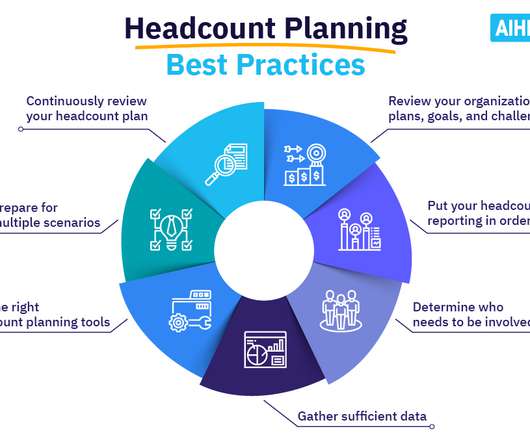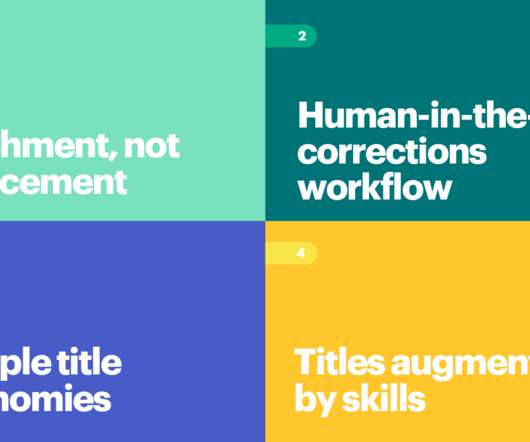Avoiding Employee Turnover: Long-Term Benefits of a Happy Workforce
6Q
JUNE 4, 2023
So, when employees are leaving the organisation in droves, it becomes a major cause for concern. A high employee turnover can impact your company’s overall performance and productivity, as well as its bottom line. A high turnover rate is costly since you’ll have to replace employees who have quit the company.






























Let's personalize your content